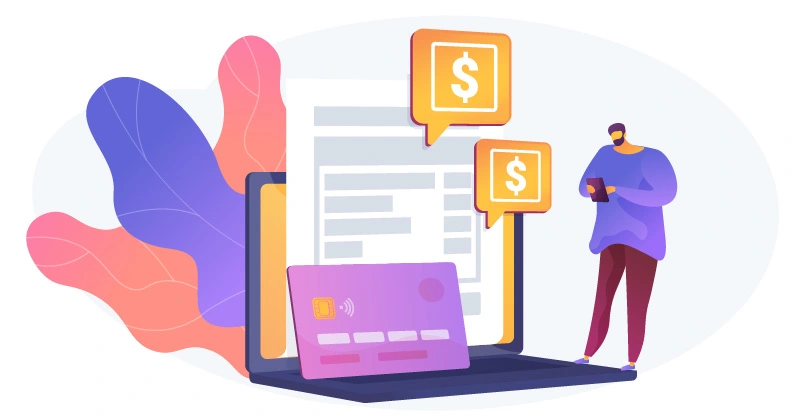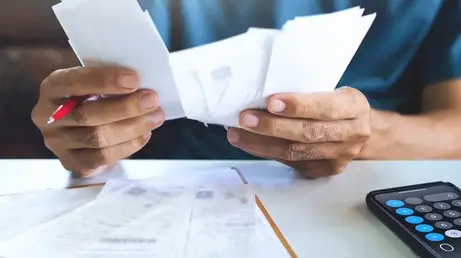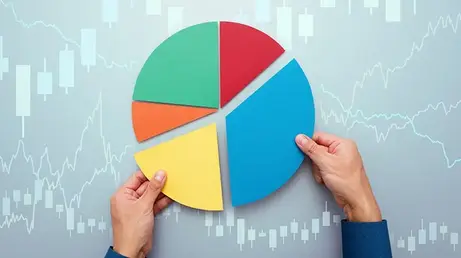
Are you ready to tackle getting out of debt? This is one of the biggest financial hurdles many of us face – whether it's credit card debt, personal line of credit, car payments, or any other consumer debt – we’ve all been there. Think about waking up one day completely debt free. Can you imagine the peace of mind that you will feel? Here are the simple steps that help me get out of debt and pay off $30,000 in student loans while earning just $40,000 a year, fresh out of university.
Identify your ‘why’
I had to motivate myself to get through paying off my debt – that meant I had to have a ‘why.’ Everyone has a reason why they want to be debt free. What was mine? I wanted peace of mind and to sleep well at night knowing that I didn't have debt weighing me down and nagging me at the start of every month to make a payment. I also wanted to be a homeowner one day, and my goal was to clear my debt so that I could start saving towards a home and work towards a good credit score.
Step one: Get organized
The first, and sometimes hardest, step in this process is to get your ducks in a row. This involves facing the reality of your situation and understanding your debt, which can be difficult as we often fear a worst-case scenario. However, if you nip a problem in the bud, you can usually prevent it from getting worse.
To start, schedule some uninterrupted time to use your full focus to understand your situation. Incorporate something that you enjoy, whether it's going to a coffee shop or having a glass of wine at home – this is a date with yourself to get intimate with your finances. Then, create a list of each of your debts with the following details:
- type of debt
- amount
- interest rate
- minimum payment
- due date
To make this easier, try this template and step-by-step tutorial.
Step two: Create a plan
There are two main strategies to start paying down your debt.
Debt avalanche method: Here, you start paying off the debt with the highest interest rate, no matter how much debt you have. This makes sense from a logical perspective, as you save more on interest. However, it’s probably more helpful to use a method that can encourage you to keep going and build momentum, so I like the snowball method.
Snowball method: Here, you pay off your debt from the smallest balance to the largest balance, no matter the interest rate. This way, you achieve quick wins which will keep you motivated.
- List all the debts in step one.
- Put them in order from smallest balance to largest.
- Put all the money you can towards paying off your smallest balance.
- Ensure that you pay the minimum balance on the rest of your debt.
- Once your smallest balance is paid off, put everything you can towards your second smallest balance, and so on and so forth.
As you clear each debt, the amount you put towards subsequent debt will get larger, as you no longer need to make minimum payments on the debts you’ve paid off.
Before aggressively tackling your debt, make sure to have at least $1,000 in an emergency fund in case anything comes up. As you go through this process, remember to be realistic. It may take a few years to achieve your goal; however, you are in a temporary situation and the day will come when you pay off your debt.
Step three: Take action
Start tracking your spending to know how much money you can put towards your debt. To do this, you need to know your savings amount, which is income minus expenses.
- Calculate your net monthly income (take-home pay after all deductions).
- Calculate your monthly expenses (housing, groceries, vehicle costs, entertainment, etc.). Use your costs from last month for a complete set of data.
- Net income minus expenses equals your savings amount.
Your savings amount is what you can allocate to your debt. First, apply it to all of your minimum payments, then allocate the rest to the first debt that you will pay off. For a detailed explanation of these calculations, watch the tutorial video.
You will likely have to go through a short-term lifestyle change to grow your savings and pay off your debt. This can mean saying no to eating out, not shopping for new clothes, and passing on vacations. You can also look at your expenses with a critical eye – which are necessary versus wants? If you took out your wants, how much more could you save each month? If you don’t have a savings amount, you can consider earning more money by working more or reducing your expenses to necessities.
As you go through this process, remember that sticking to your plan will be worth it! Stay motivated by revisiting your why and keep focused on the peace of mind and freedom you will have when you are debt free. Interested in learning more? Check out this video.
Disclaimer: This article is not intended as financial advice, and you should not make financial decisions based solely on the information presented.
Gabrielle Chung, CPA is the founder of Balance and Wealth CPA. She is also the creator of the YouTube channel @GabrielleTalksMoney, which aims to help young professionals and millennials achieve their money goals.



